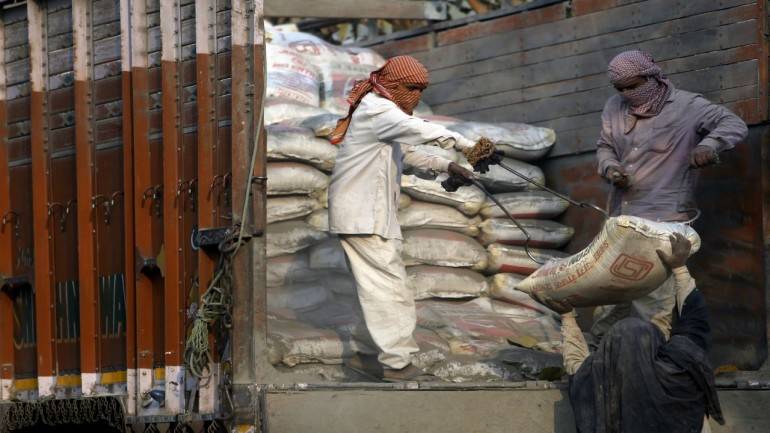Outlook for the industry is positive as capacity utilisation continues to move up. The demand-supply dynamics is expected to move in favour of cement manufacturers in the medium term
UltraTech Cement, India’s largest cement manufacturer, posted a decent set of earnings for the second quarter of FY19. The company reported healthy double-digit volume growth and stable realisations. Operating margin declined on a sequential basis as it continues to face a challenging cost environment, amid rising input prices. The management has a strong cost focus and remains well-positioned to benefit from an upturn in the cement cycle.
Topline aided by volume growthStandalone revenue grew 20 percent year-on-year at Rs 7,923 crore in Q2 FY19 mainly driven by consolidation of JP Associates’ (JPA) cement assets. Volumes came in 20 percent higher compared to last year.
Earnings before interest, tax, depreciation and amortisation (EBITDA) for the quarter gone by stood at Rs 1,293 crore compared to Rs 1,337 crore in the same period last year. EBITDA margin contracted around 340 basis points on a yearly basis as constant rise in input costs dragged margin.

Cement prices remained largely flat despite a weak monsoon. Higher June exit prices in most parts of India supported realisations in the quarter gone by. Cement prices were up in north, central and south regions, but was offset by weakness in the west.

EBITDA dipped to Rs 818 per tonne as operating costs inched up further during the quarter gone by. Higher raw material (up 4 percent quarter-on-quarter) and power and fuel prices (up 13 percent QoQ) as well as other expenses (up 14 percent QoQ) resulted in higher per tonne costs and put downward pressure on margin on a sequential basis.
Ramp-up of cement assets from JPAGradual ramp-up of cement assets acquired from JPA boosted volume growth. Overall capacity utilisation in Q2 FY19 stood at 65 percent as compared to 61 percent YoY.
The management expects some margin improvement from reduction in cost differential between JPA’s cement assets and UltraTech. Business synergies along with rationalisation of cost structures resulted in differential reduction to Rs 135 per tonne versus Rs 160 per tonne in the preceding quarter. It expects this differential to further reduce to Rs 110 per tonne in coming quarters.
Operating efficienciesDuring the quarter gone by, the company commissioned two waste heat recovery system (WHRS) units of 13 MW each, which takes its total capacity to 85 MW. It plans to increase WHRS capacity to 121 MW by FY20. With this, UltraTech should be able to meet 15 percent of its power requirements. The management is also focusing on other renewable energy sources (wind and solar) for its in-house power requirements.Outlook and recommendation
Driven by large scale infrastructure activities, cement demand witnessed a healthy 10-11 percent growth in Q2 FY19. UltraTech expects the demand trend to continue for the rest of the year and has indicated 8-10 percent volume growth for the industry.
Cement prices have remained muted despite strong volume growth across markets. Outlook for the industry is positive as capacity utilisation for the industry continues to move up. The demand-supply dynamics is expected to move in favour of cement manufacturers in the medium term.
















